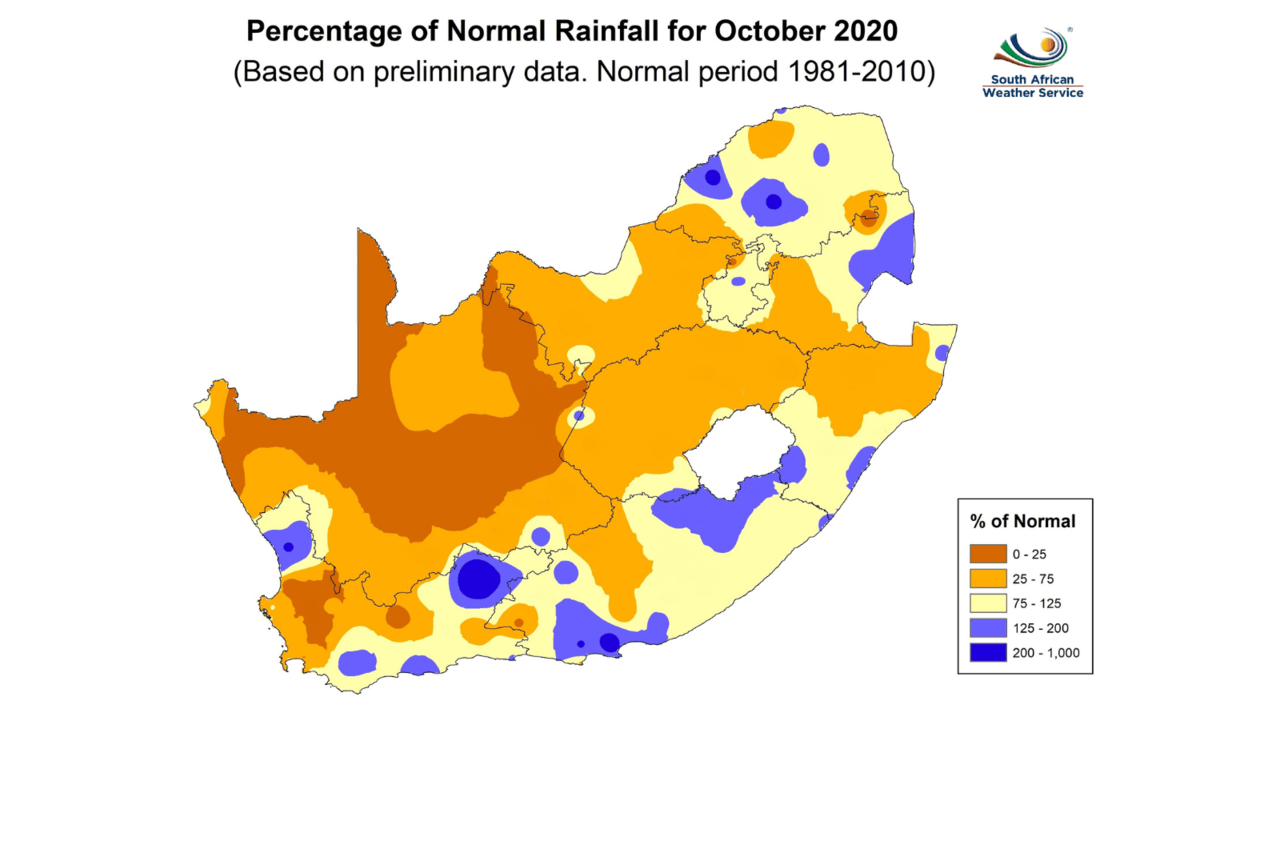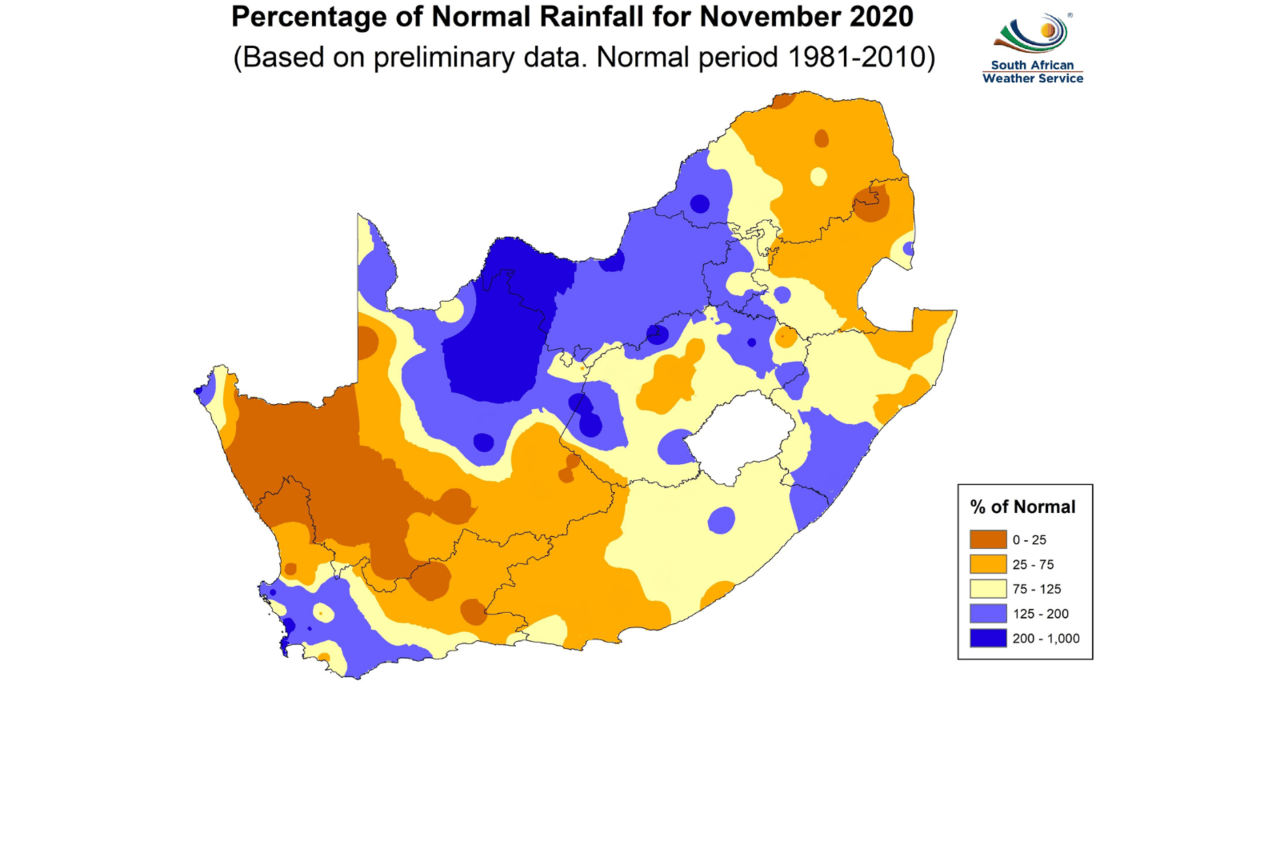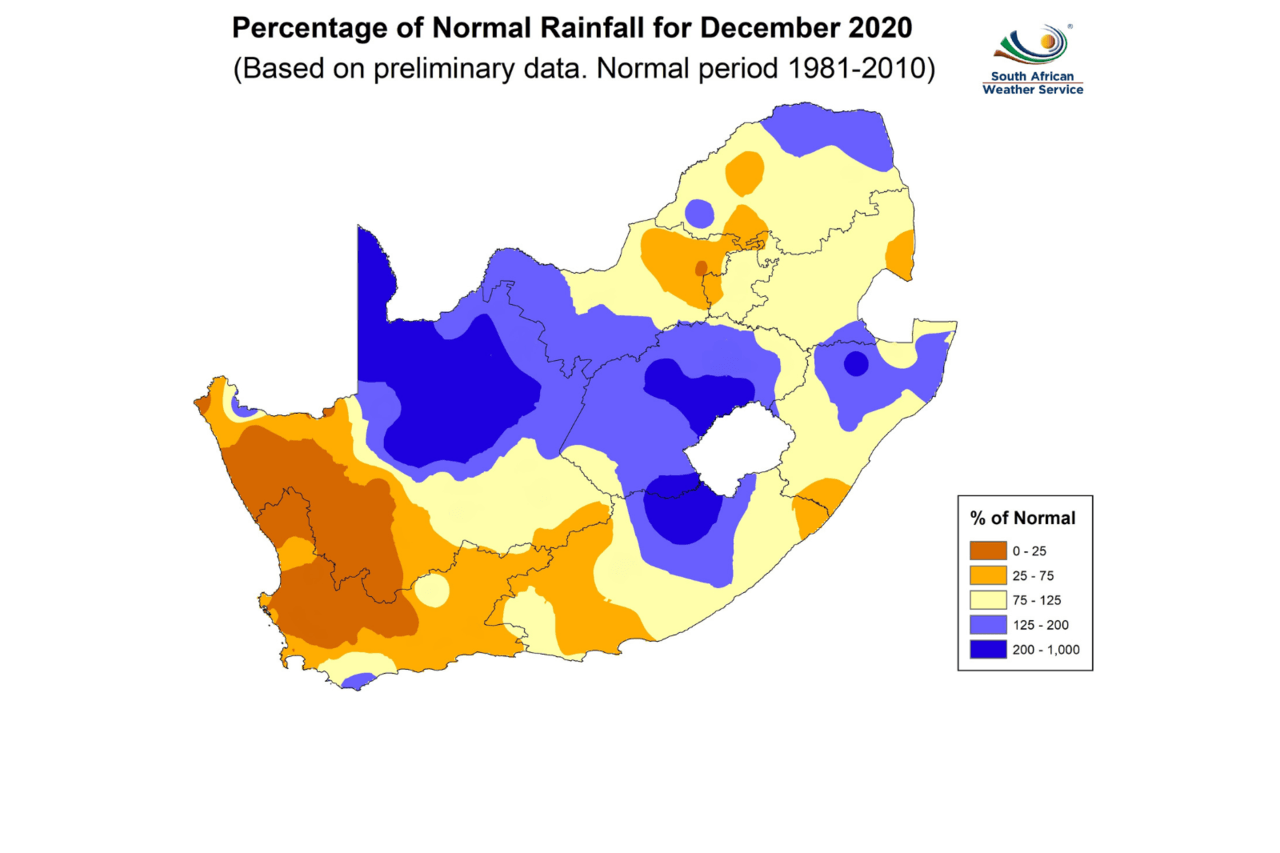Image: Charlie Sperring and Peter Russell
by Jan-Hendrik Botha
This season, the harsh weather conditions of the Wild Coast have been testing our castaways to the limits.
Filming of season eight took place from October to December 2020, and though this region is known for its uniquely warm and tropical weather, daily thundershowers accompanied with ice-cold afternoon winds made it quite unique and somewhat challenging at times – not only for production but for our castaways too.
During the first episode, Zamba was forced to seek shelter in a nearby cave due to the cold and wet conditions. Paul referred to the situation as “pure torture”, and Pinty claimed that the “crazy weather, rain and wind” left them disadvantaged. A miserable and sleep-deprived Mike said: “I am freezing cold …drenched into the inside of my body. My bone marrow is now wet. It’s so miserable...”
The weather, according to a meteorologist
Annette Botha, an independent meteorologist, says this region’s climate is unique because the greater part of the Wild Coast receives rainfall all year round, with the highest amounts in summer. “The Wild Coast gets affected by cold fronts in winter and sub-tropical rain and thunderstorms in summer,” she explains. “On average, summer’s day along the Wild Coast is muggy, warm to very warm, with a 60% chance of it raining.”
Though the Wild Coast enjoys a temperate climate with comfortable sub-tropical temperatures, Annette warns that it has a high average rainfall compared to the rest of South Africa – approximately 1 000 mm per annum.
Spring rains generally appear in October, with July to September being the coolest and driest months of the year; and December to February being the hottest and wettest.
“During the day, the temperature typically averages 23 to 25 °C and about 17 to 19 °C at night in the summer. Wind along the Wild Coast is usually calm, but the windiest time is unfortunately between October and December.”
A Health and Safety perspective
Justin Witbooi, Head of Department: Health and Safety, says this season of Survivor SA was so different because the Wild Coast’s summer was so extreme.
According to him, temperatures dropped daily from hot to ice cold due to late afternoon rain followed by ice-cold winds. “We had lovely sunshine in this tropical environment, which was nice and warm. But late afternoon showers with winds increased the wind chill factor.” This, according to him, drops the body temperature, and without adequate protection, our castaways could have suffer hypothermia.
“Ninety per cent of Tribal Councils were cold and rainy, and therefore hypothermia was a big concern.”
But that wasn’t the only concern. Thunder and lightning that accompanied these daily showers were too. “We had to constantly monitor lightning patterns and establish how far lighting strikes were to protect our castaways.”
Why is it so cold?
The question remains: Why are the castaways mainly experiencing cold, windy and rainy conditions in the middle of summer? Because during the months of filming, the region received above-average rainfall.
Annette says that this is a reality check of the impact climate change has on the climatology of South Africa. “Rising global average temperature is associated with widespread changes in weather patterns. Scientific studies indicate that extreme weather events such as heatwaves, flooding and large storms are likely to become more frequent or more intense.”
Safeguarding the castaways
For the first time in Survivor SA history, it was recommended this season that the castaways take along an additional layer of clothing to prevent hypothermia.
Hypothermia has several stages of severity. During the final stage, body temperature drops below 33 °C, respiration is affected, heart rate drastically drops, and the individual can lose consciousness. “To avoid [hypothermia], the first thing we did was have them have a base layer of clothing that can keep them warm at night and that can be dried in the mornings,” says Justin. “If you take the Philippines, for example, the ambient temperature was a minimum of 24 °C. Therefore, the castaways were able to stand out in the rain and not worry about the wind chill factor.
“When it rained, the castaways weren’t really cold ...just wet. And if they took off their tops, twenty minutes or so later, the tops would be halfway dry,”
Out on the Wild Coast, however, when the sun went down, the temperature dropped. Noticeably amongst our castaways, the fight for fire became very important as they climatised. “Wet weather conditions are coupled with trench foot,” says Justin. “So it was very important for them to keep warm and try and keep dry by means of heat from the fire at their camp. Therefore, we always had a watchful eye over the wind chill factor and the rain as production progressed. Once the contestants had a fire, and once they buffered up their shelters, they seemed to manage very well.”
Though the medical team always had their jackets on standby, castaways weren’t able to wear these during some challenges – especially water challenges. “During challenges where contestants weren’t participating, and it was cold and wet and rainy, we had discussions with the producers and then had them wear their jackets,” Justin explains.
At Tribal Council, more often than not, though, their jackets were brought in. “Tribal councils were very wet and rainy and sometimes two and a half hours long. To sit there with no activity would mean they could get hypothermic.
“We kept a very close eye on these things, monitoring each individual to see how they handled these conditions. It is Survivor. It’s tough, but the contestants handled it really well.”
Do you think you would be able to handle the wild weather of the Wild Coast? Use the hashtag #SurvivorSA on Twitter, Instagram or the Survivor Facebook Page to join the conversation online. Tune in for Survivor SA: Immunity Island on 5 August 2021 at 19:30 on M-Net and click here for exclusive show content.



